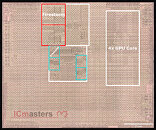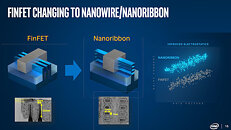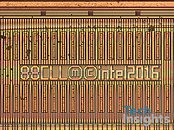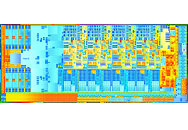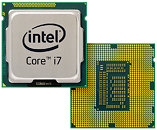Fraunhofer IAF Researchers Work on AlYN, an Energy-Efficient Semiconductor Material
Researchers at Fraunhofer IAF have made a significant advance in semiconductor materials by successfully fabricating aluminum yttrium nitride (AlYN) using metal-organic chemical vapor deposition (MOCVD). AlYN, known for its outstanding properties and compatibility with gallium nitride (GaN), shows great potential for energy-efficient, high-frequency electronics. Previously, AlYN could only be deposited via magnetron sputtering, but this new method opens the door to diverse applications. Dr. Stefano Leone from Fraunhofer IAF highlights AlYN's ability to enhance performance while reducing energy consumption, making it vital for future electronics.
In 2023, the team achieved a 600 nm thick AlYN layer with a record 30% yttrium concentration. They have since developed AlYN/GaN heterostructures with high structural quality and promising electrical properties, particularly for high-frequency applications. These structures demonstrate optimal two-dimensional electron gas (2DEG) properties and are highly suitable for high electron mobility transistors (HEMTs).
In 2023, the team achieved a 600 nm thick AlYN layer with a record 30% yttrium concentration. They have since developed AlYN/GaN heterostructures with high structural quality and promising electrical properties, particularly for high-frequency applications. These structures demonstrate optimal two-dimensional electron gas (2DEG) properties and are highly suitable for high electron mobility transistors (HEMTs).





































